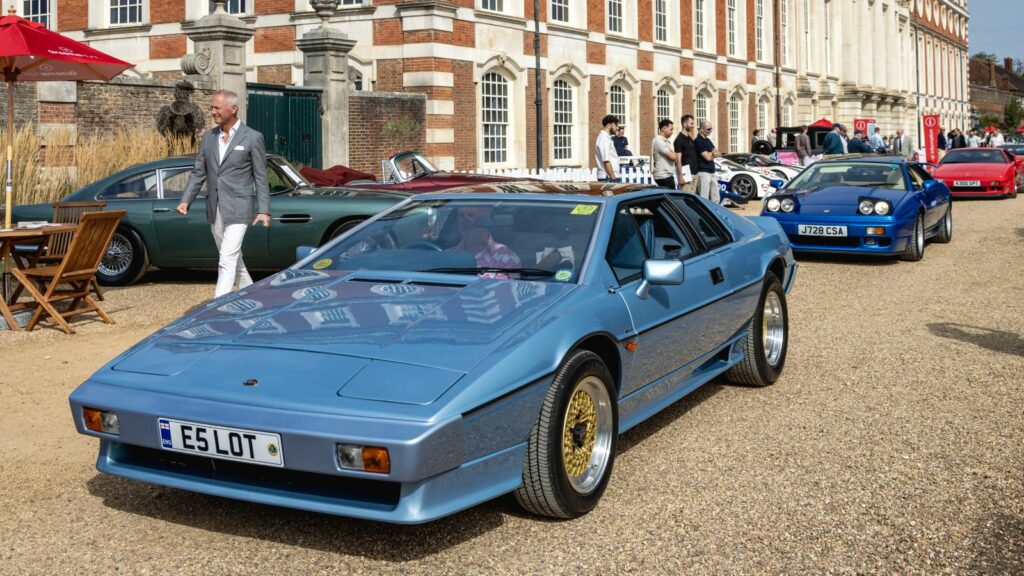Supercars are usually defined by exotic styling, wild performance, and an even wilder price tag. Think Ferrari, Lamborghini, or McLaren—the kind of cars most people can only dream about. Yet every so often, a manufacturer builds a car that ticks all the performance boxes, delivers thrills that rival or even beat established exotics, but sells it at a price that regular buyers could reach for. These machines didn’t just punch above their weight; they embarrassed cars costing two or three times as much. Here are twenty cars that should have been sold as supercars but instead were affordable, attainable, and unforgettable.
Chevrolet Corvette C6 Z06
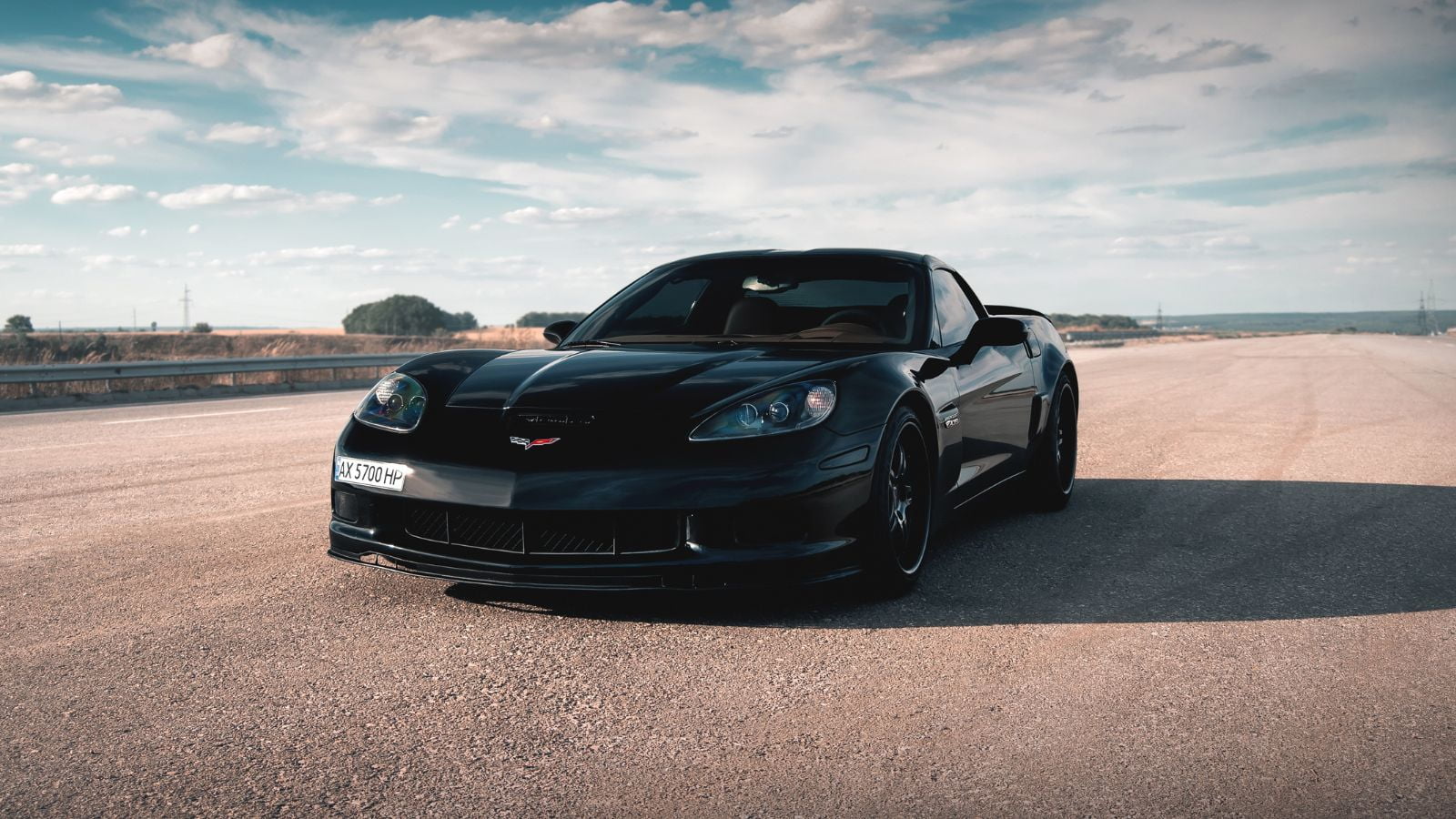
With its 7.0L LS7 V8 producing 505 horsepower, the C6 Z06 was as close as you could get to race-car engineering in a street-legal package. It had an aluminum frame, carbon-fiber panels, and a dry-sump oiling system straight out of endurance racing. Zero to sixty took under four seconds, and its top speed crept near 200 mph. It looked like a sports car but behaved like a full-blown supercar, while costing less than half of a Ferrari F430.
Dodge Viper RT/10
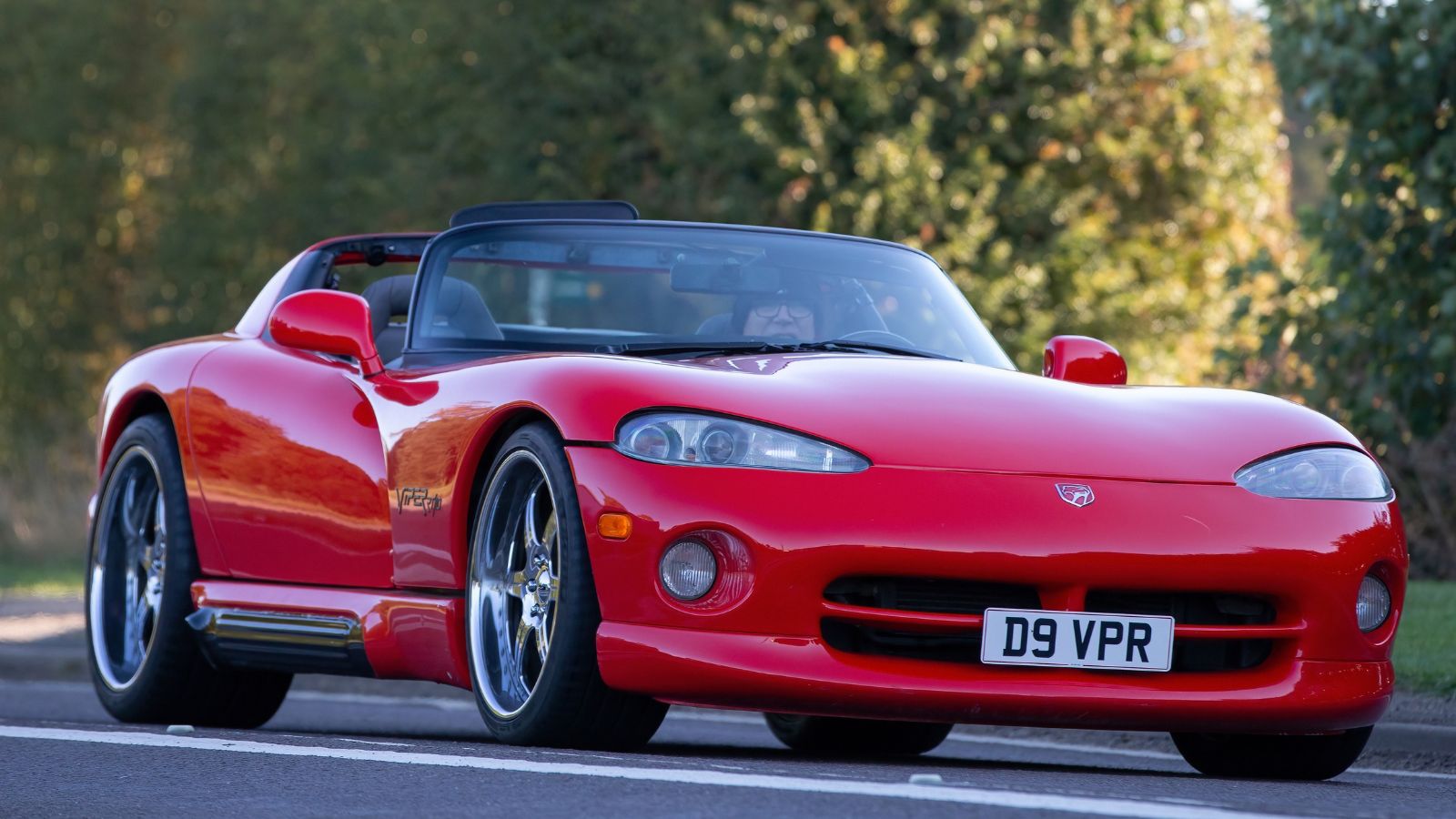
The original Viper was pure muscle-car madness in supercar clothing. An 8.0L V10 engine with 400 horsepower made it terrifying to drive, especially since it had no ABS, no traction control, and no stability systems. It was brutal, raw, and dangerous in the wrong hands. But that was its appeal. While Lamborghinis of the era cost well into six figures, the Viper gave you the same thrills—and sometimes more—for much less.
Nissan GT-R (R35)
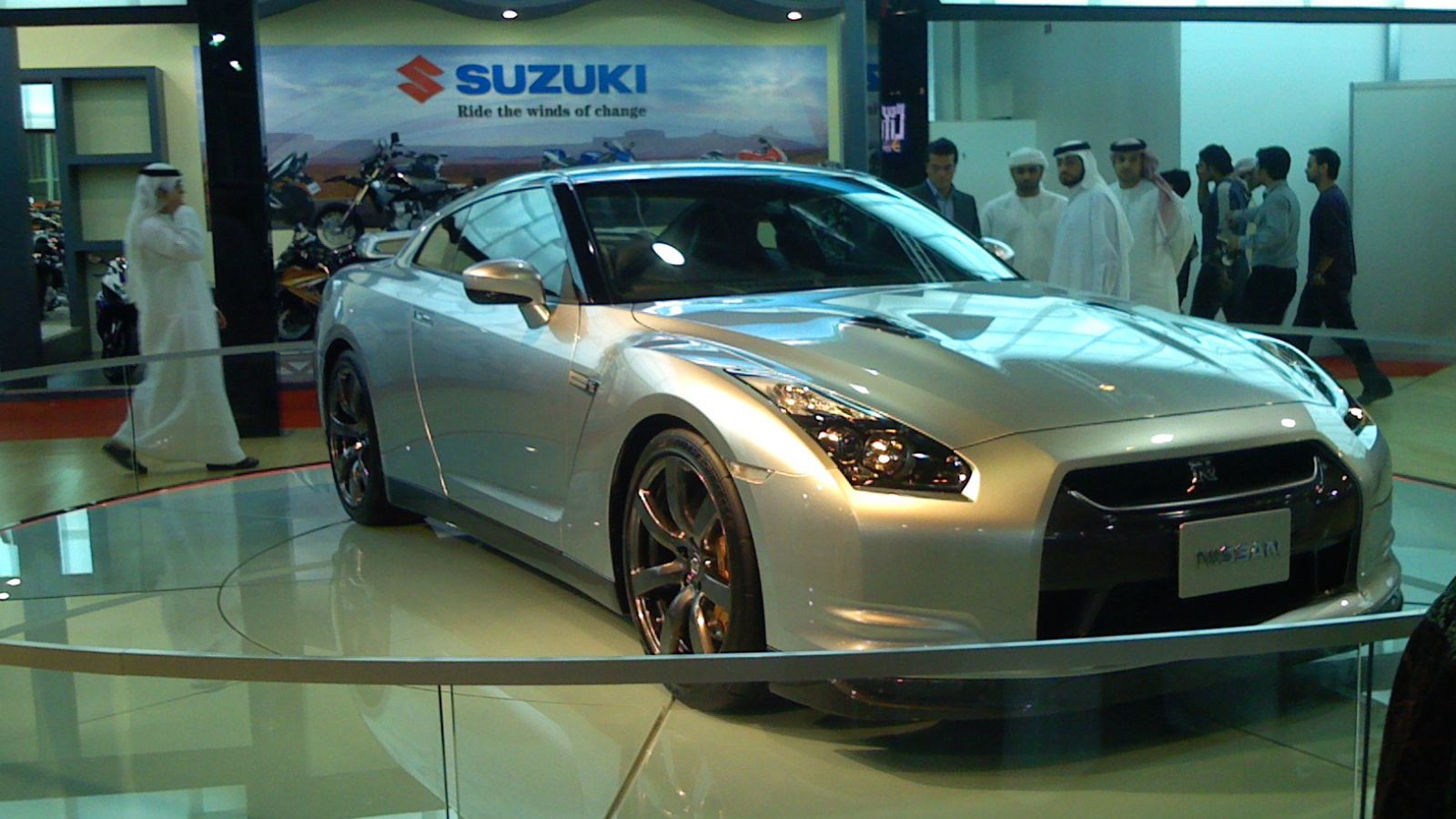
When the R35 GT-R debuted in 2007, it shocked the world. Its twin-turbo V6 and advanced all-wheel-drive system made it faster around many tracks than Porsches and Ferraris costing double or triple the price. Nicknamed “Godzilla,” it could do zero to sixty in about three seconds and run the Nürburgring in times that left European engineers sweating. It was Japan’s ultimate supercar for the people, wrapped in the price tag of a luxury coupe.
Toyota Supra MKIV
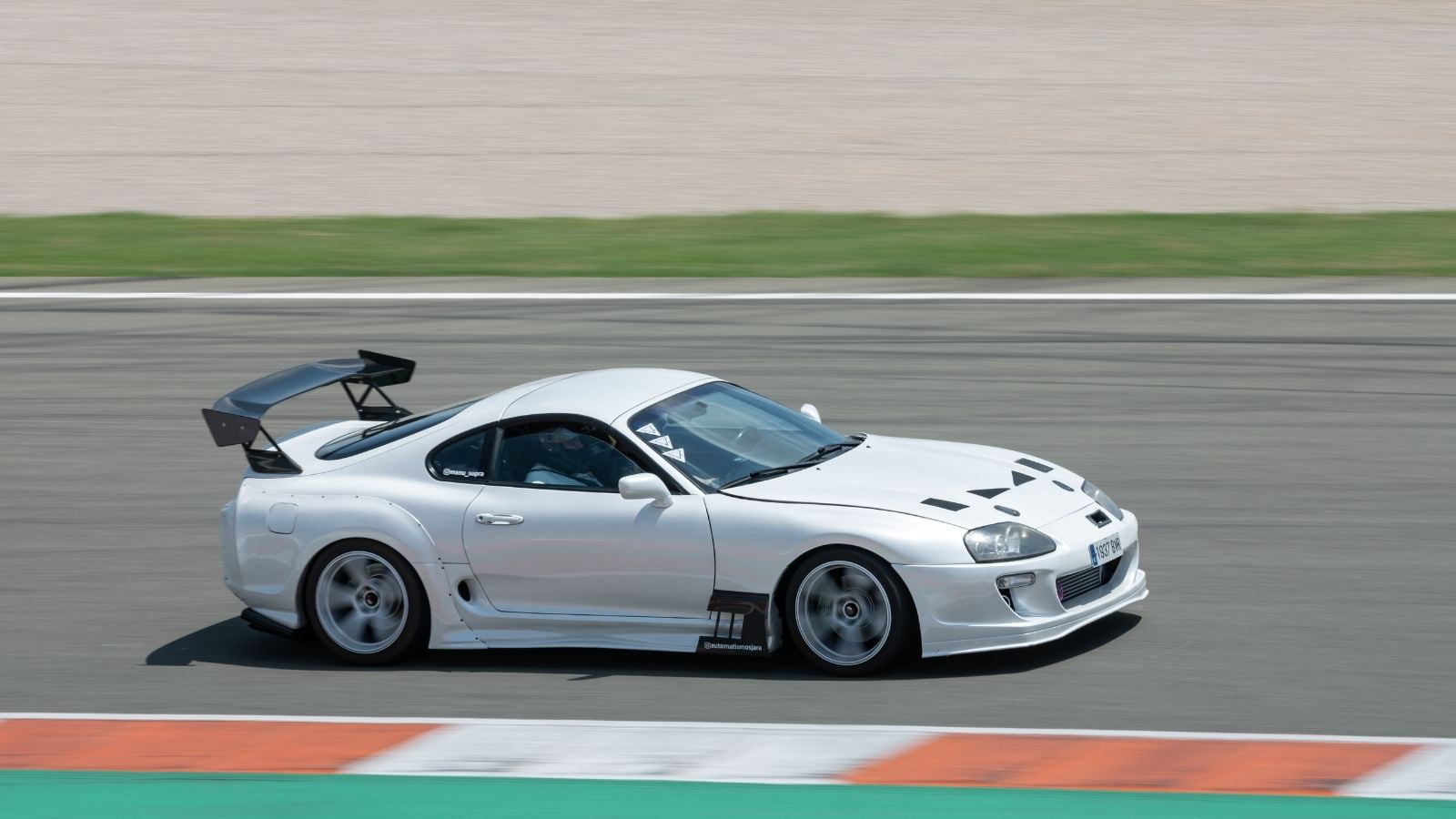
The 1993–2002 Supra became legendary thanks to its twin-turbo 2JZ-GTE inline-six. Stock, it produced 276–320 horsepower depending on the market, but tuners quickly discovered it could handle 800, 1,000, even 1,200 horsepower with internal upgrades. It had the reliability of a Toyota and the performance potential of an exotic. In the 1990s, it could be bought for the price of a midsize sedan but outrun Italian cars that cost three times more.
Acura NSX (First Generation)
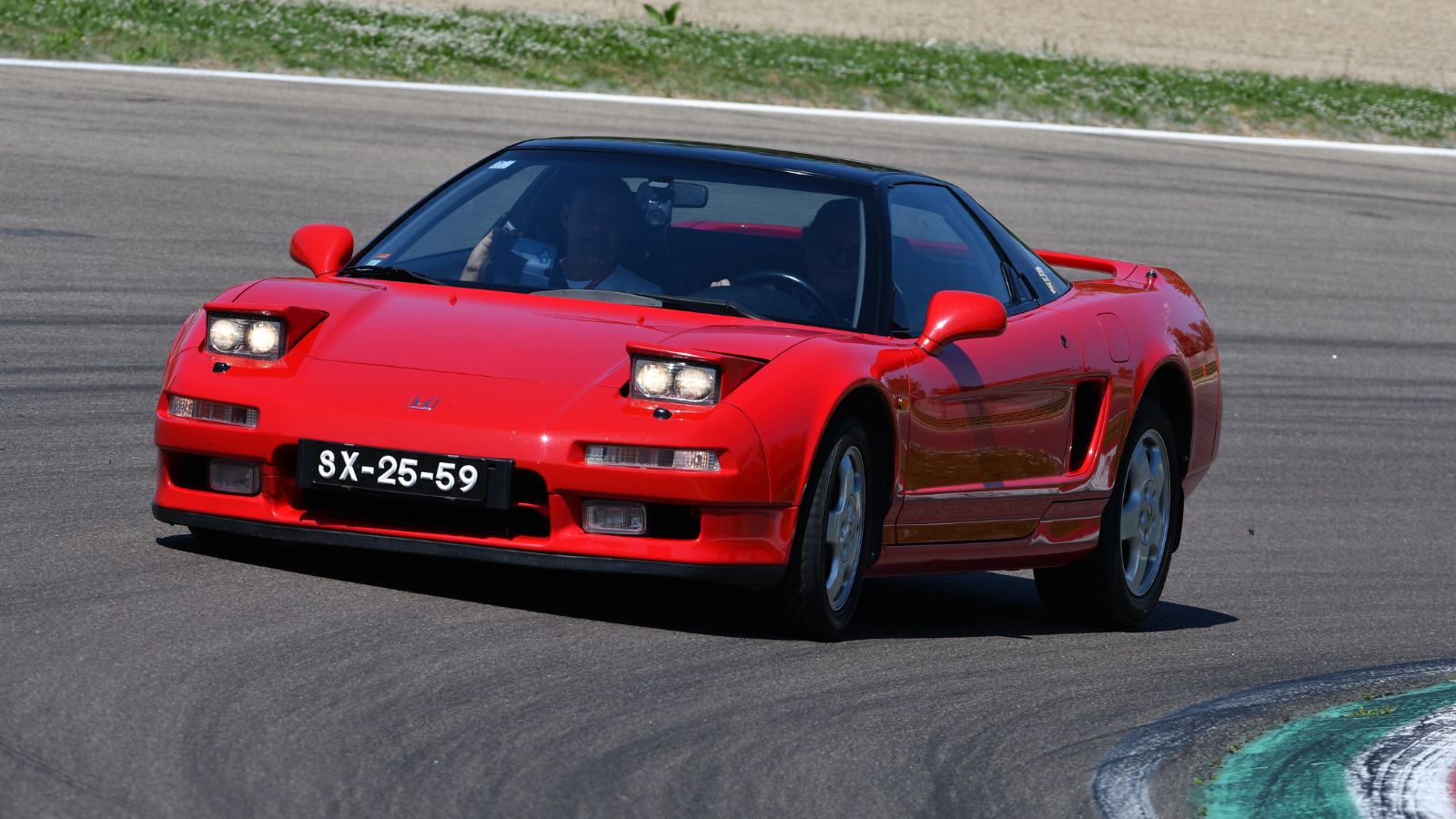
The NSX was Honda’s bold answer to Ferrari. Its all-aluminum body, mid-mounted V6 with VTEC, and perfectly balanced handling redefined what a supercar could be. While Ferraris of the era were temperamental and fragile, the NSX offered daily reliability with supercar looks and performance. It was affordable enough that doctors and business owners could actually buy one, yet it turned heads like a six-figure exotic.
Ford GT (2005)
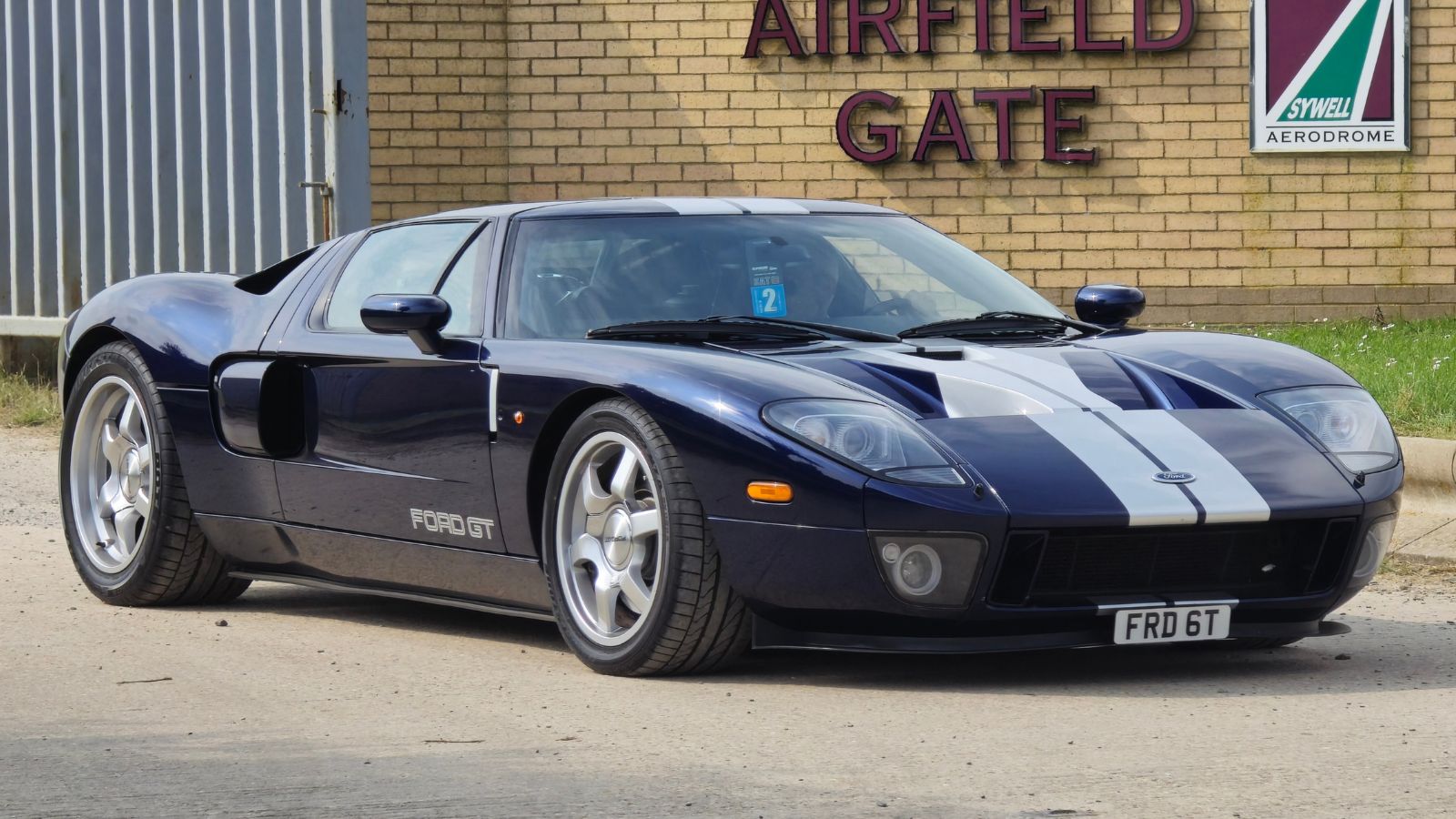
When Ford brought back the GT40 legend in 2005, it built a 550-horsepower supercharged V8 monster wrapped in a body that looked straight out of Le Mans. With retro styling, exotic proportions, and top speeds over 200 mph, it was every bit the supercar. Yet it was priced far below what comparable European exotics cost, making it one of the biggest bargains in modern automotive history.
Lotus Esprit Turbo
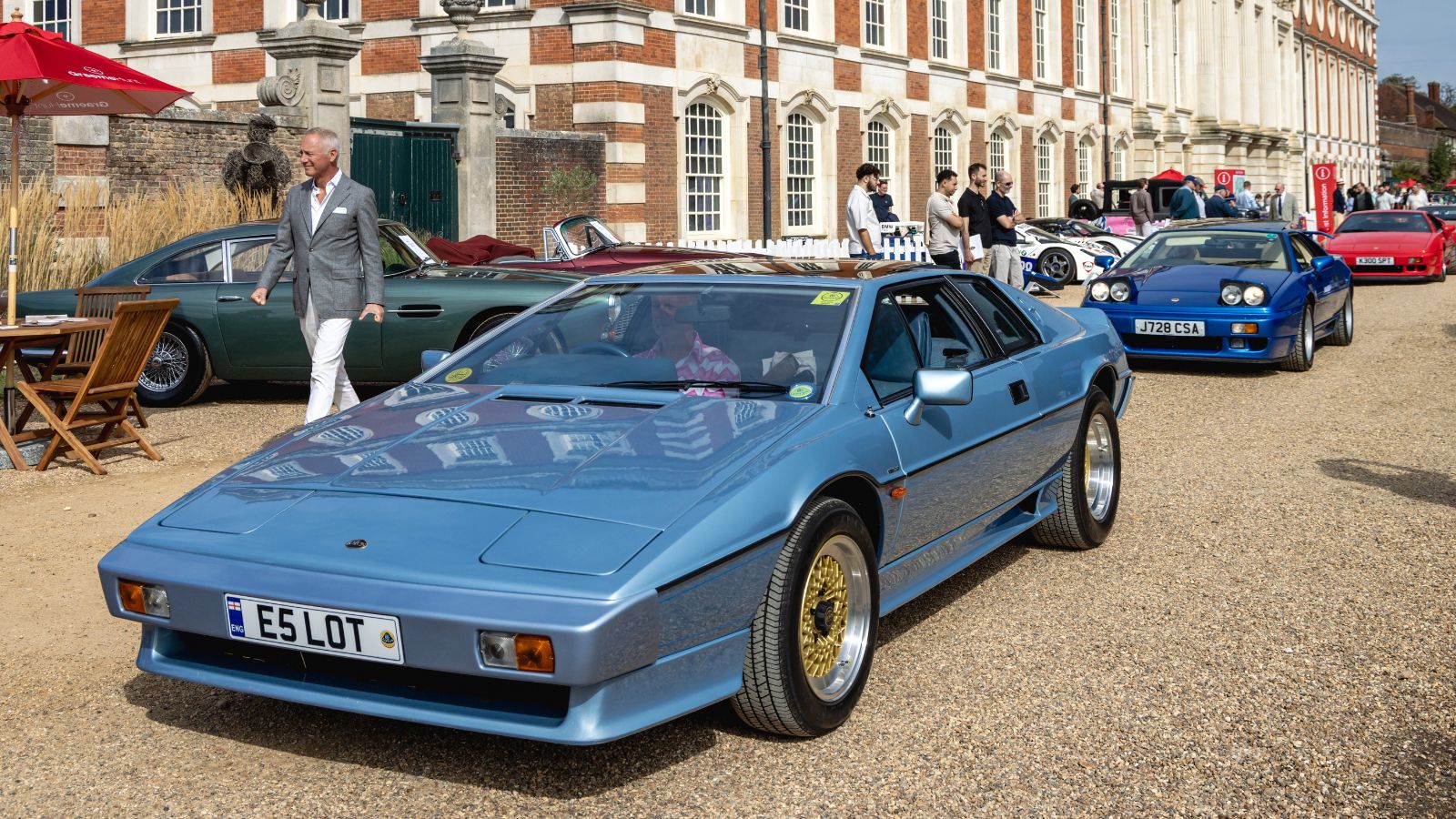
The Esprit never got the attention of Ferrari or Lamborghini, but in Turbo form it was a genuine rival. Its wedge-shaped design screamed exotic, and its turbocharged four-cylinder or later V8 engines delivered sharp performance. The Esprit was lighter than most of its competition, which made it thrilling to drive. Yet it was always priced below the exotics it competed with, making it an overlooked supercar substitute.
Chevrolet Camaro ZL1
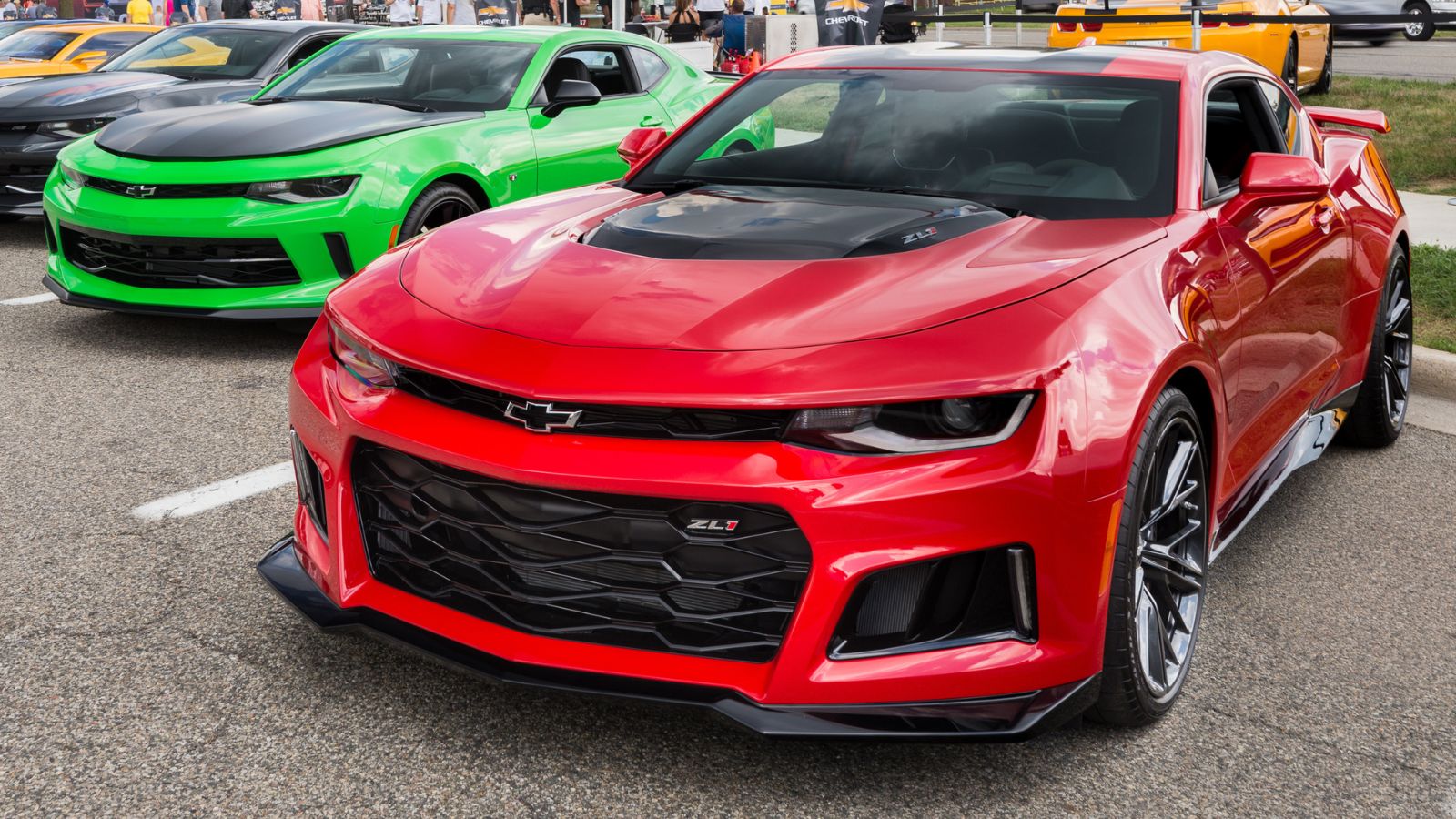
Modern Camaros, especially the ZL1, are track-day assassins. With a supercharged V8 producing over 650 horsepower, magnetic ride suspension, and Nürburgring-tested aero, the ZL1 is capable of lap times that rival far more expensive machinery. It may wear the badge of a muscle car, but its performance places it squarely in supercar territory—all at a price thousands less than a Porsche 911 Turbo.
Ford Mustang Shelby GT500
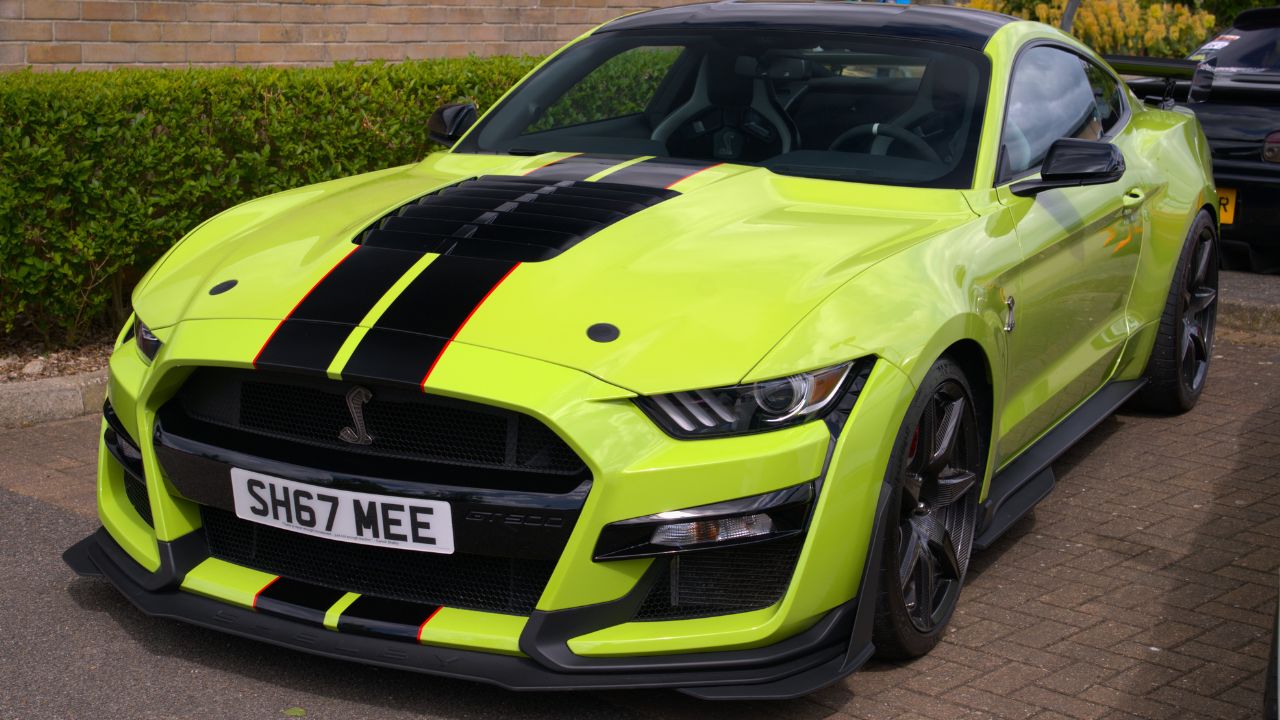
With over 700 horsepower from a supercharged V8, the modern GT500 is one of the fastest Mustangs ever made. It accelerates from zero to sixty in about three seconds and reaches speeds over 180 mph. Track-tuned suspension and massive brakes mean it’s not just fast in a straight line. If it had been built in Italy, it would be hailed as a supercar. Instead, Ford sold it for sports-car money.
Dodge Challenger Hellcat
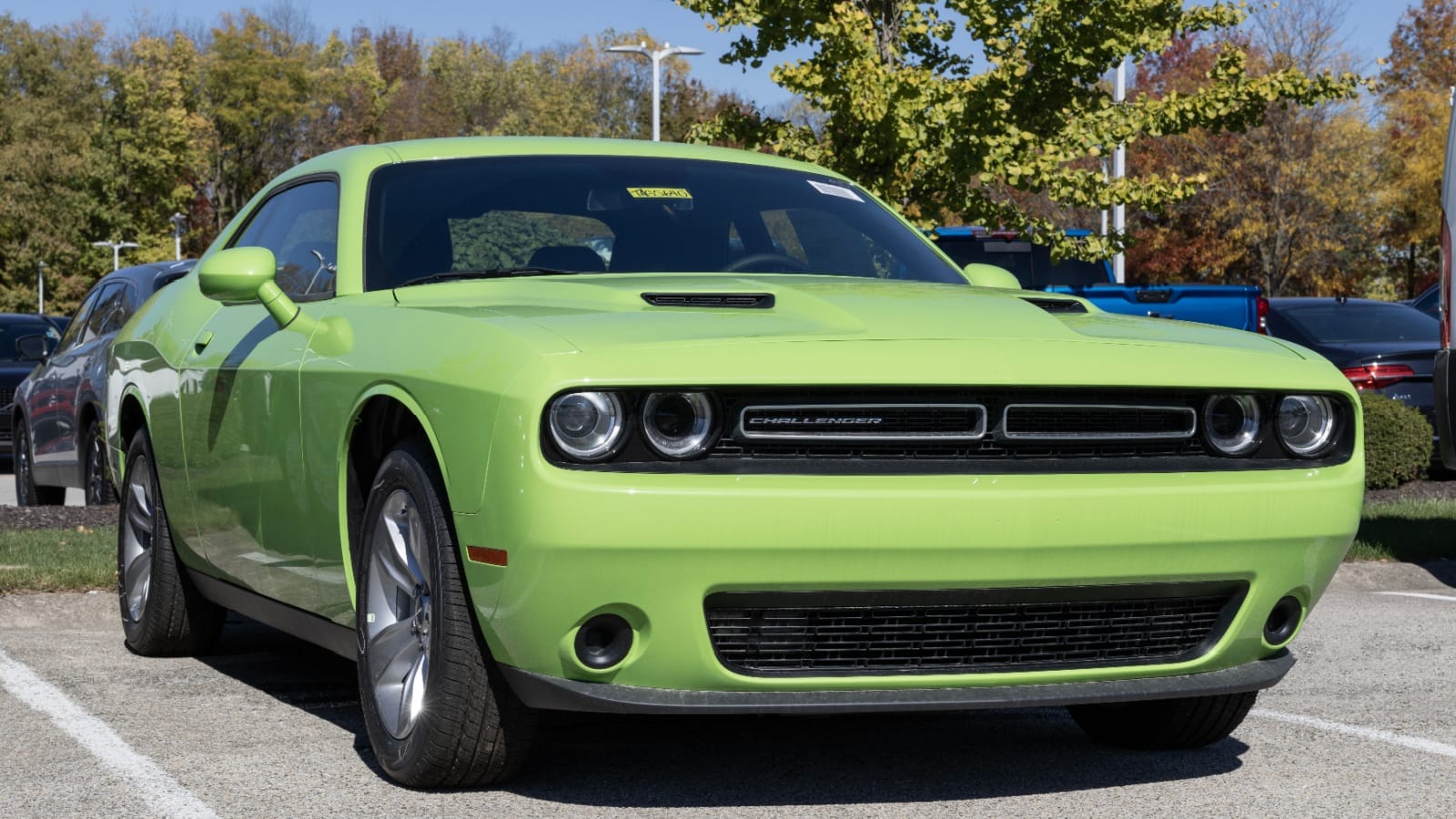
The Hellcat was as subtle as a sledgehammer. With a 707-horsepower supercharged HEMI V8, it could annihilate tires and crush quarter-mile times. Despite being big and heavy, it could outrun cars costing double its price. At under $70,000 when new, it was one of the most outrageous bargains in automotive history, offering supercar numbers for muscle-car money.
Porsche Cayman GT4

The Cayman GT4 was proof that Porsche could build a mid-engine masterpiece. With a screaming naturally aspirated flat-six, perfect balance, and track-ready suspension, it drove like a baby 911 GT3. At a price far below Porsche’s flagship models, it delivered thrills that easily rivaled exotics. Many enthusiasts called it the best-driving Porsche of its era—and one of the best affordable supercar stand-ins ever made.
Audi R8 (First Generation)
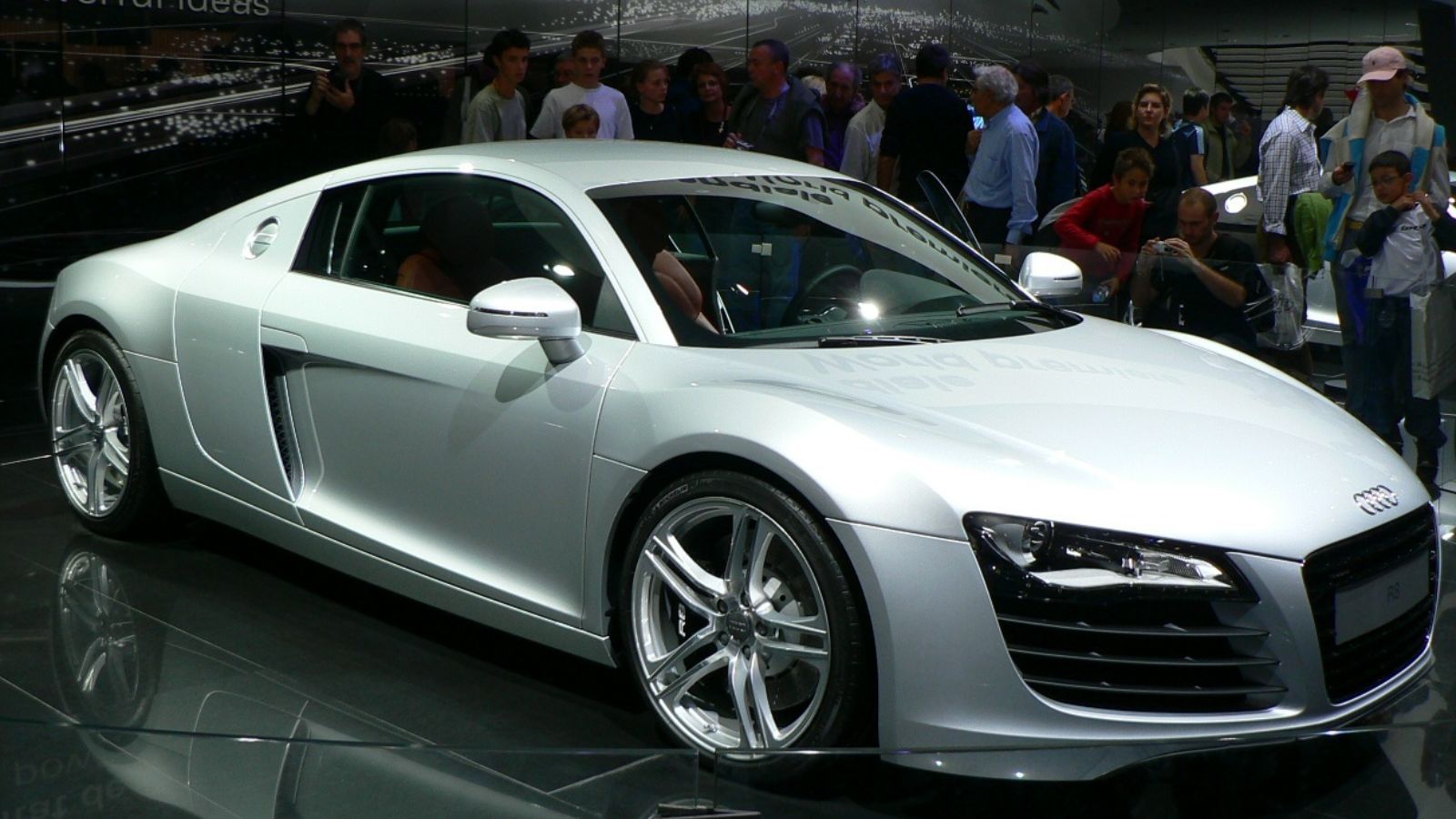
Audi’s R8 looked like a Lamborghini but cost half as much. That wasn’t surprising, since it shared its underpinnings with the Lamborghini Gallardo. With a mid-engine layout, Quattro all-wheel drive, and head-turning styling, it gave buyers a supercar experience without the badge snobbery or repair bills of an Italian exotic.
Mitsubishi 3000GT VR-4
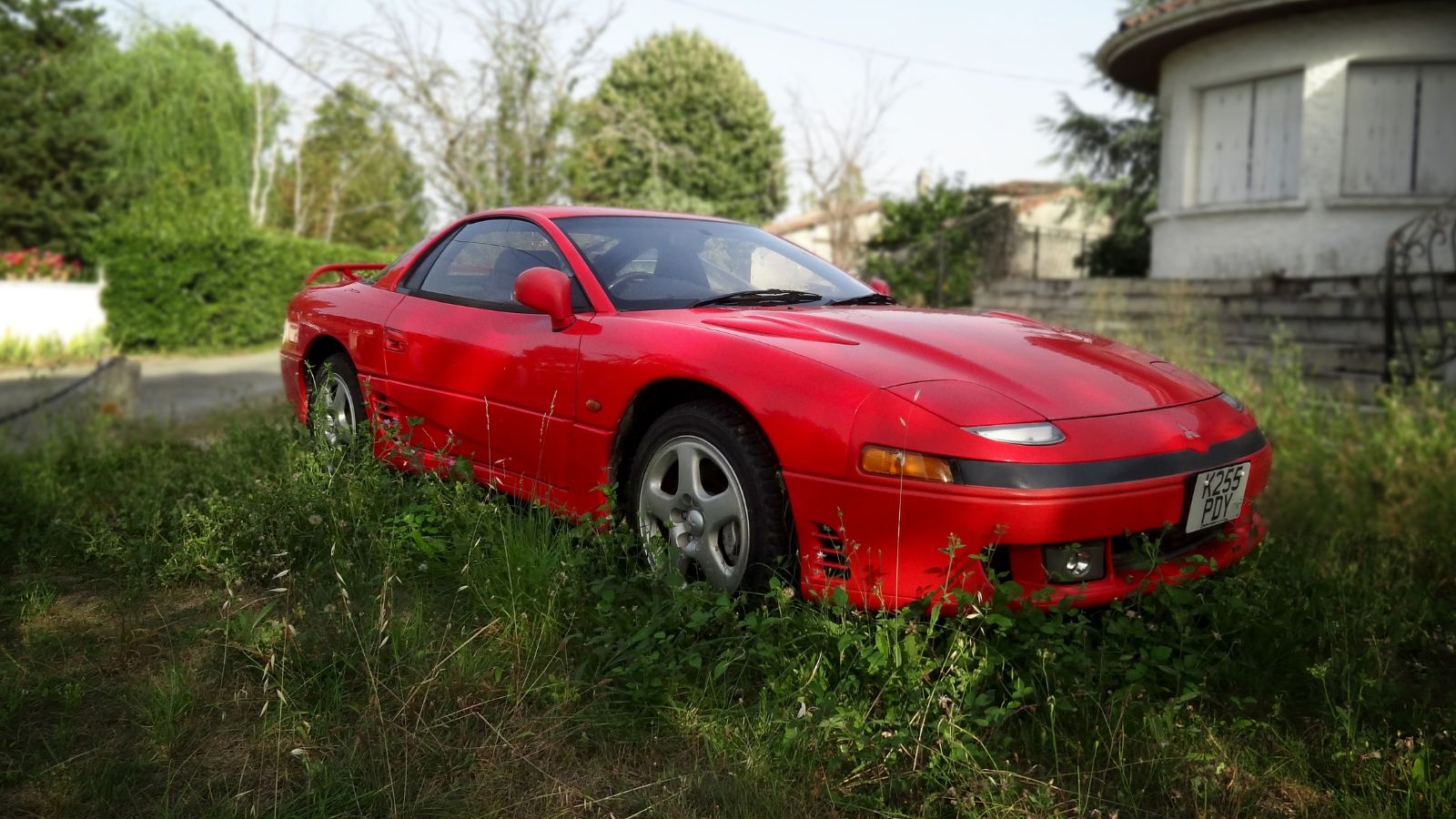
The 3000GT VR-4 was a showcase of 1990s technology: twin turbos, all-wheel drive, four-wheel steering, and even active aerodynamics. It was heavy, but it was quick, advanced, and futuristic in ways even Ferraris couldn’t match. Priced like a luxury coupe, it delivered features and performance that rivaled cars costing double.
Subaru WRX STI (2000s)
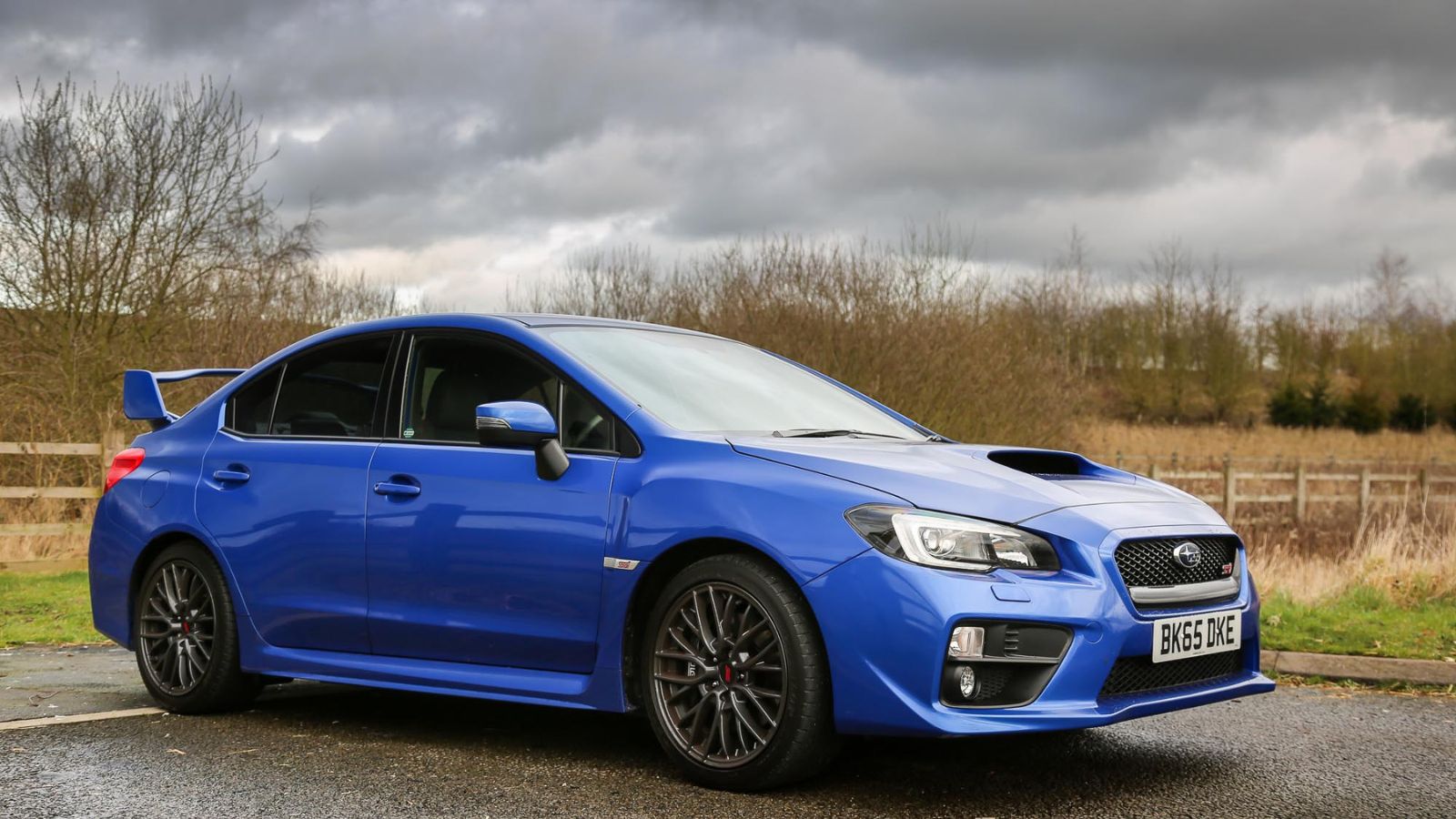
Born from rally dominance, the WRX STI brought race-bred tech to Canadian driveways. With turbocharged power, all-wheel drive grip, and razor-sharp handling, it delivered exotic thrills on snow, gravel, or pavement. It wasn’t flashy like an Italian exotic, but it was just as fast in the right hands—and affordable enough for young buyers to own.
Mazda RX-7 (FD)
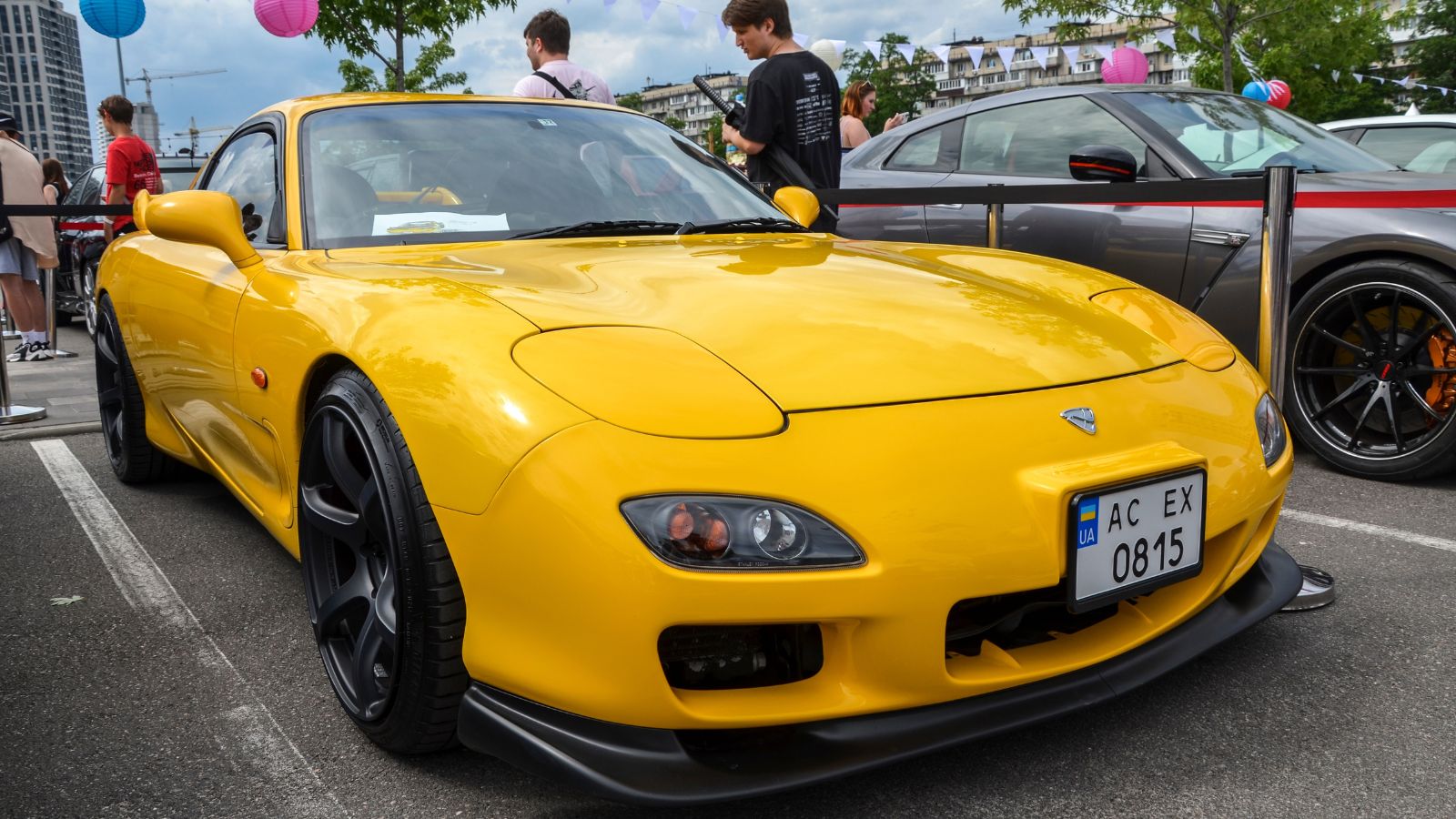
The third-generation RX-7 was as exotic as anything out of Europe. Its twin-turbo rotary engine, lightweight chassis, and swooping body lines made it a true driver’s car. While it required careful maintenance, its performance and handling put it in the same conversation as Ferraris of the 1990s. Yet it was sold at a fraction of their price.
Corvette C7 Grand Sport
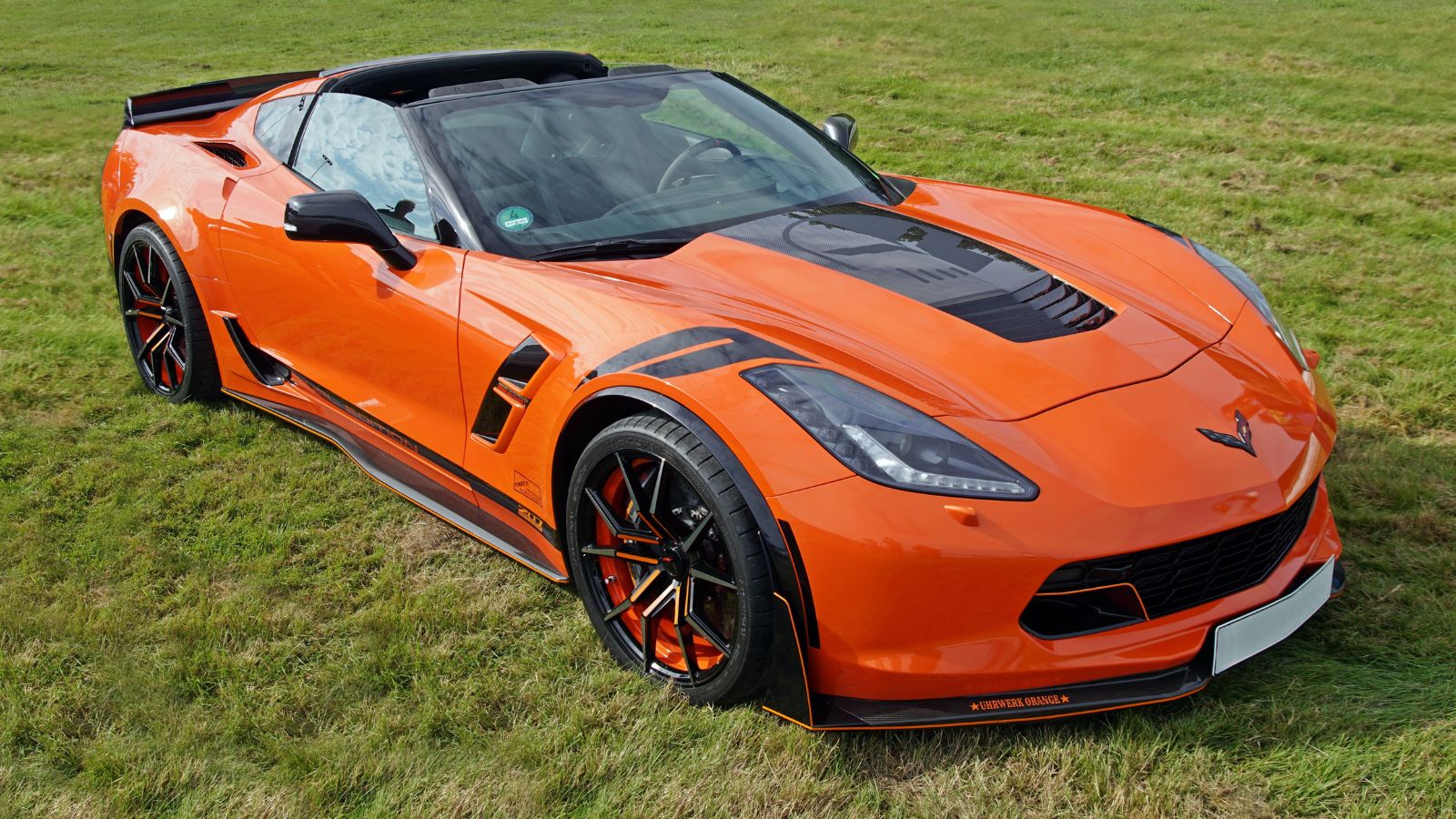
The C7 Grand Sport combined the handling package of the Z06 with the naturally aspirated engine of the Stingray. The result was one of the best-driving Corvettes ever built, capable of cornering with true precision. With widebody looks, serious aero, and track-ready brakes, it was easily mistaken for a six-figure exotic, but it was priced like a well-equipped German sedan.
BMW M1
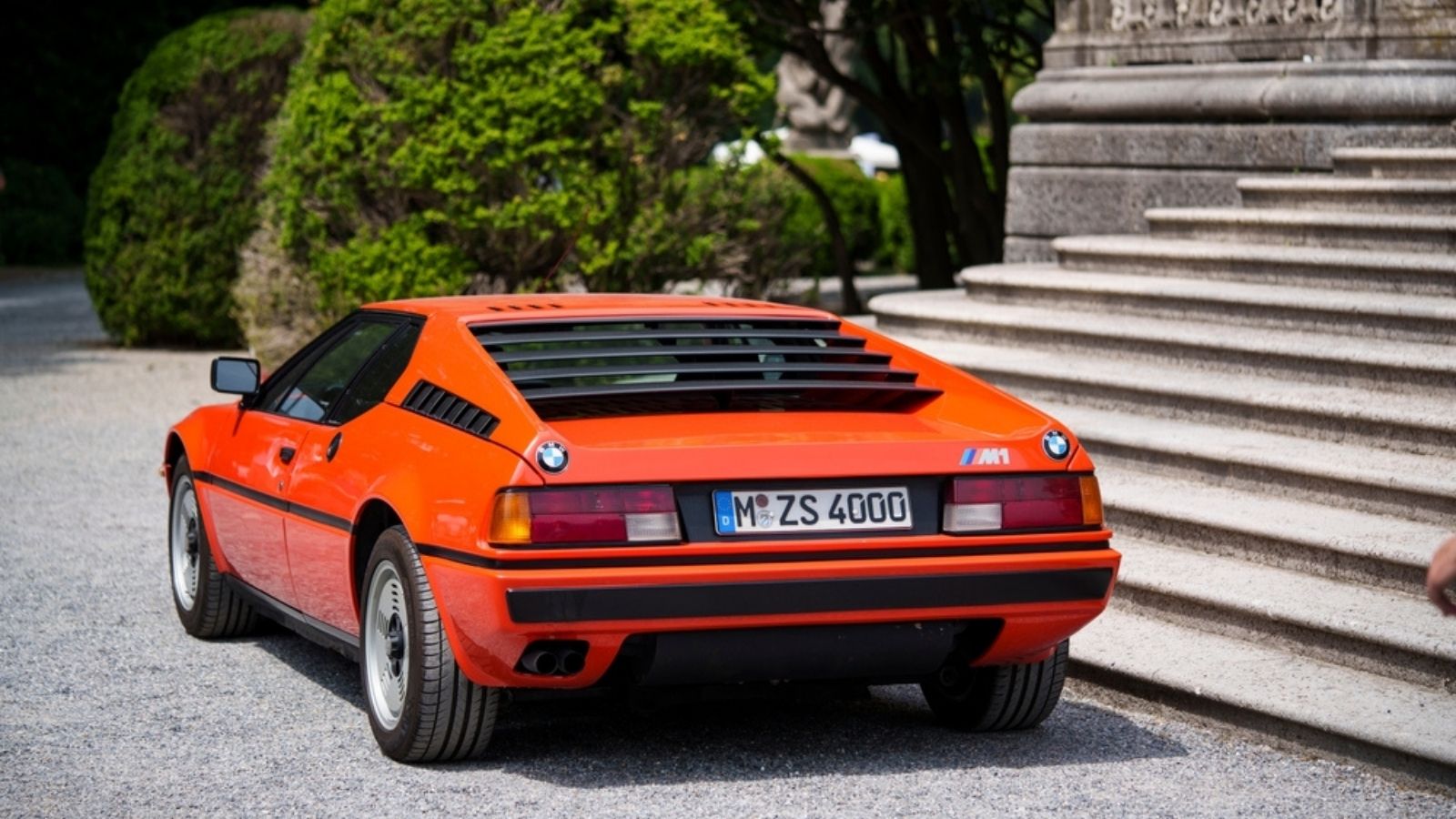
When BMW released the M1 in the late 1970s, it was priced below most exotics yet offered true supercar credentials. With a mid-mounted straight-six developed for racing and a Giugiaro-designed body, it was every bit as exotic as a Ferrari. Today, it’s considered a classic, but when new, it was shockingly attainable compared to its rivals.
Lotus Elise
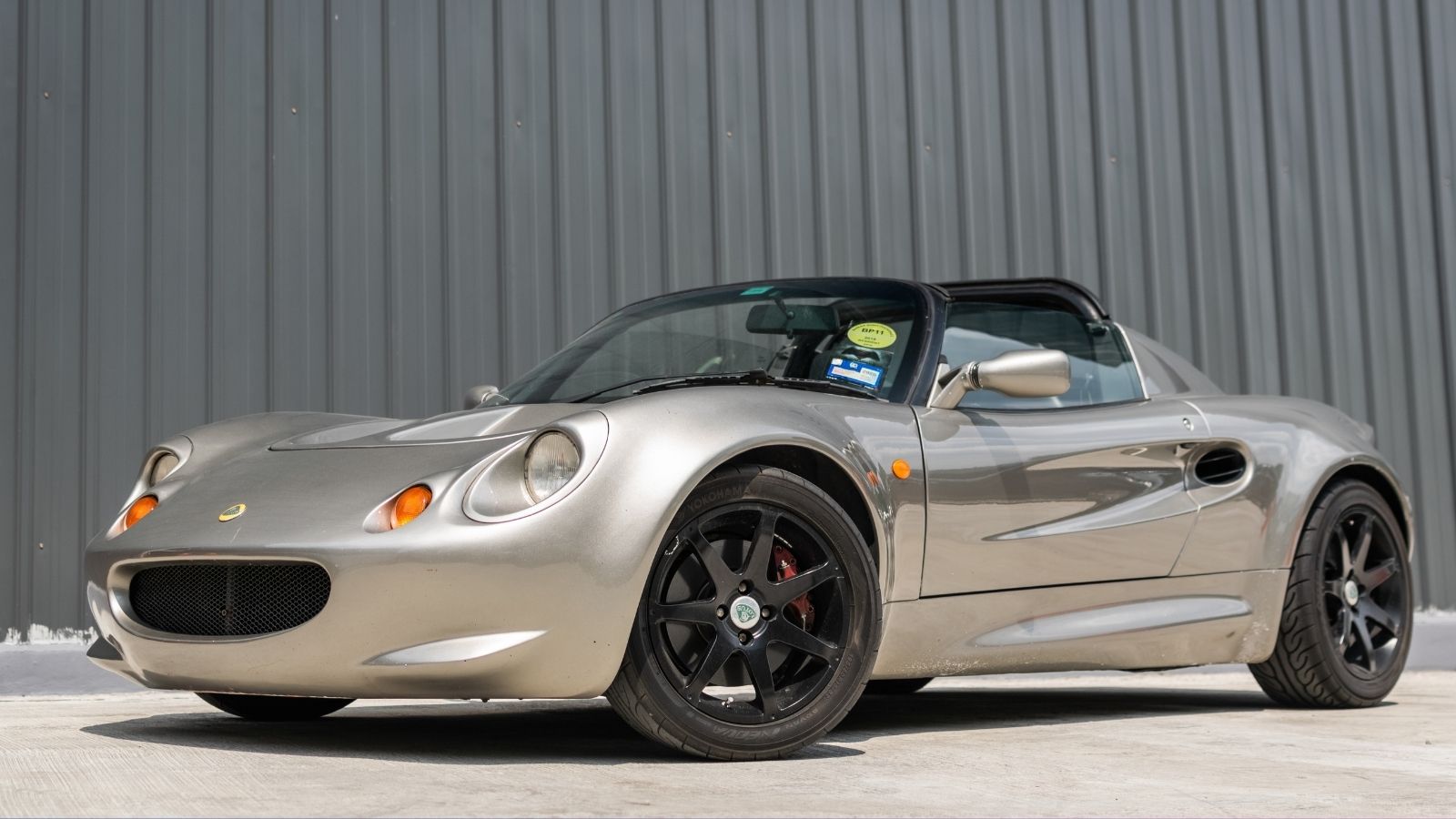
The Elise showed that power isn’t everything. With just over 200 horsepower but a curb weight under a ton, it delivered handling that embarrassed much more powerful cars. It looked exotic, felt pure, and drove like a racing kart for the road. And unlike most supercars, it was priced within reach of serious enthusiasts.
Nissan 370Z Nismo
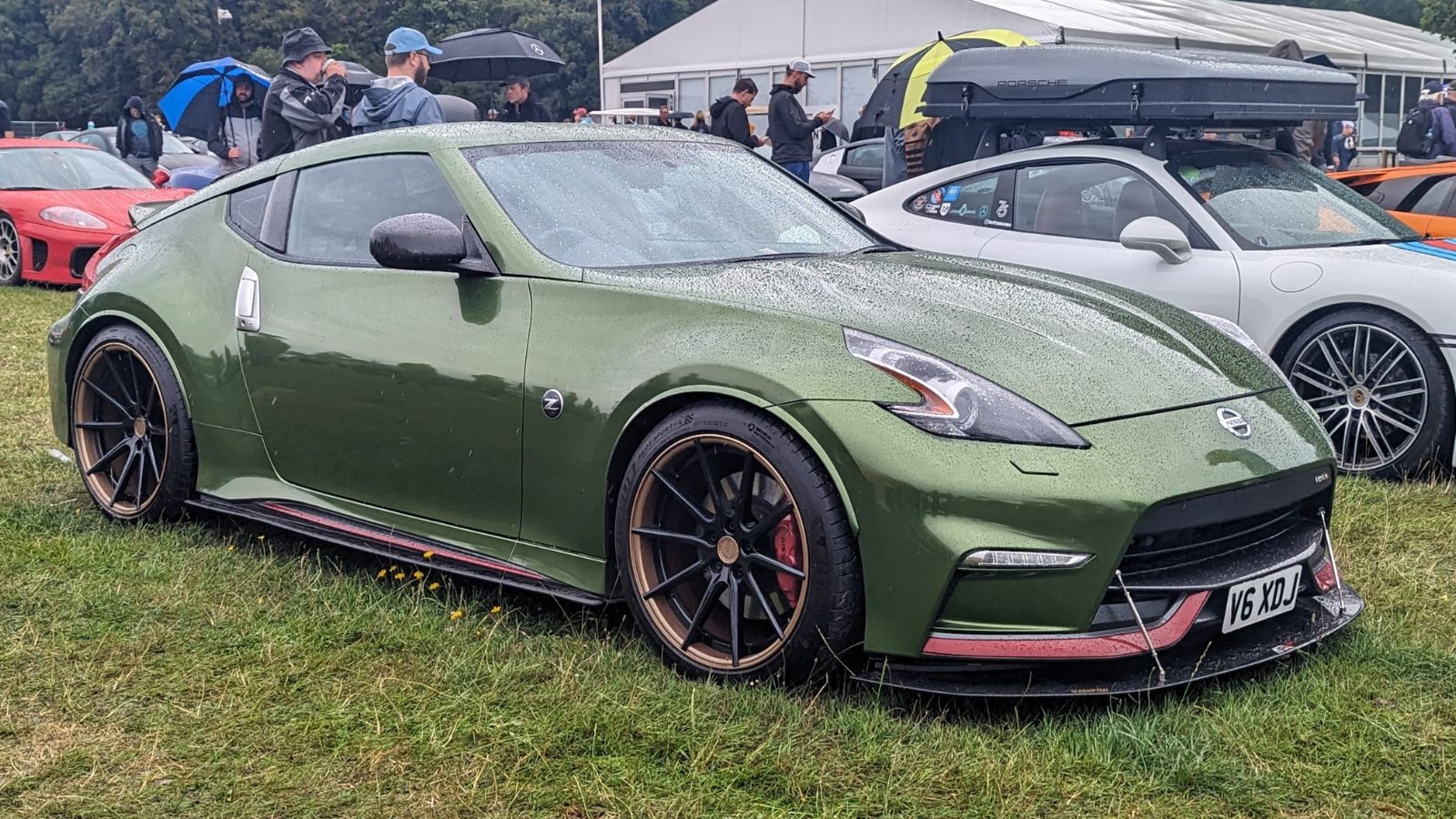
The 370Z Nismo may not have had the exotic badge, but it had the looks and driving dynamics to rival much more expensive sports cars. Its naturally aspirated V6, tuned suspension, and aggressive styling gave it an edge. On the right road, it delivered thrills that punched way above its modest price tag.
Corvette C8 Stingray
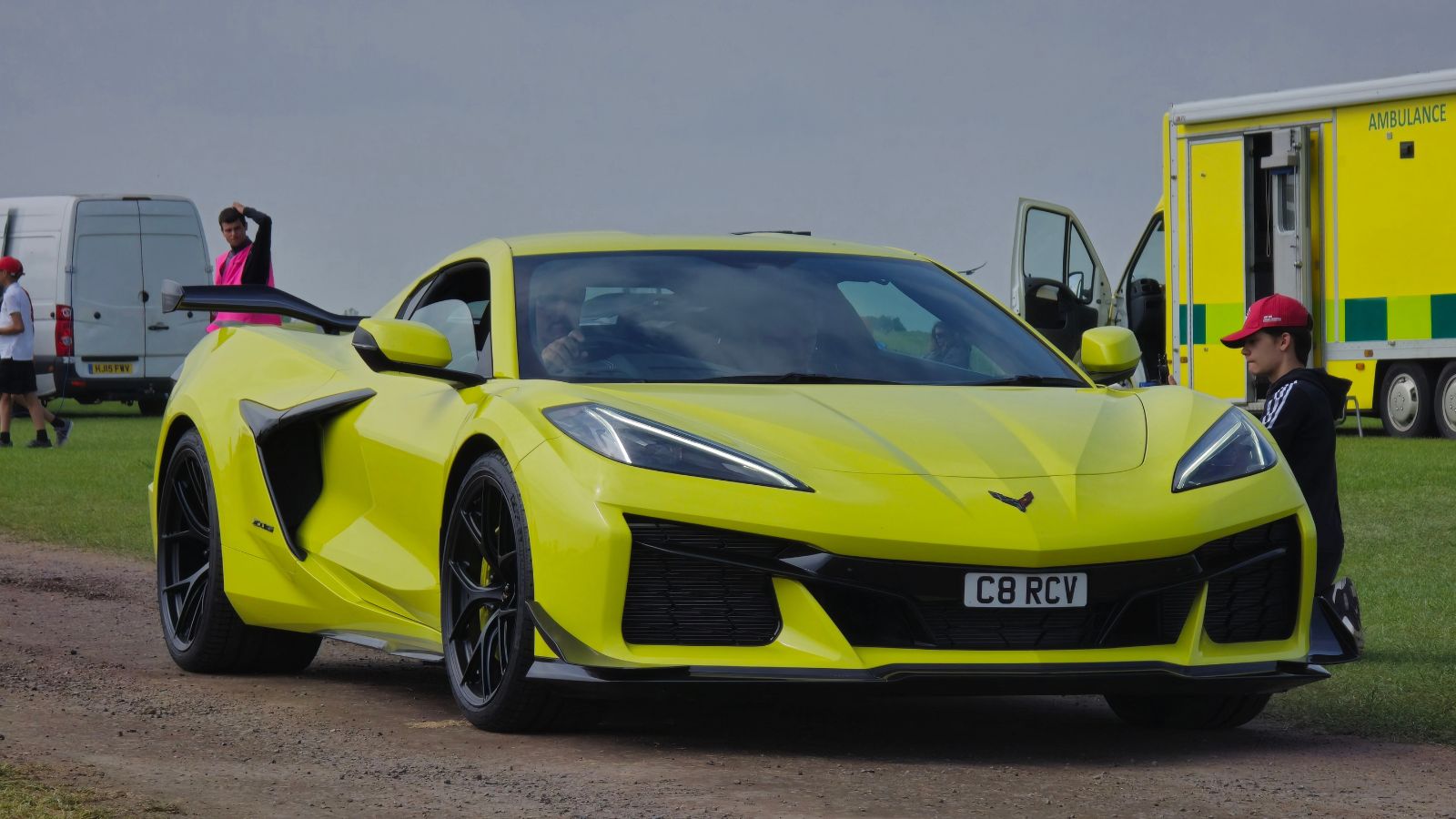
The C8 Corvette finally went mid-engine, giving it proportions and performance on par with Ferrari and Lamborghini. With exotic styling, blistering acceleration, and a balanced chassis, it redefined what affordable performance could be. At under $70,000 when launched, it remains the best-value “supercar” ever sold, proving that sometimes you don’t need an Italian badge to get the full experience.
25 Facts About Car Loans That Most Drivers Don’t Realize

Car loans are one of the most common ways people fund car purchases. Like any other kind of loan, car loans can have certain features that can be regarded as an advantage or a disadvantage to the borrower. Understanding all essential facts about car loans and how they work to ensure that you get the best deal for your financial situation is essential. Here are 25 shocking facts about car loans that most drivers don’t realize:
25 Facts About Car Loans That Most Drivers Don’t Realize
